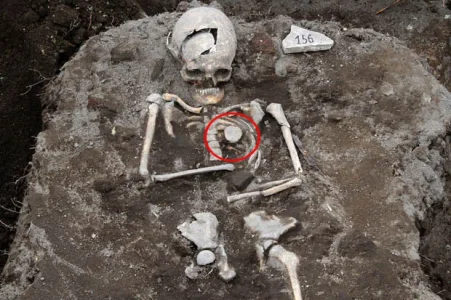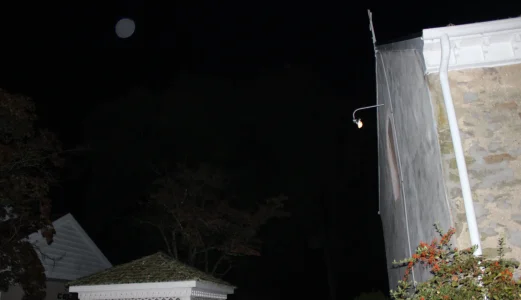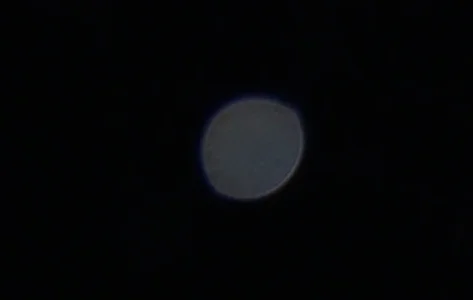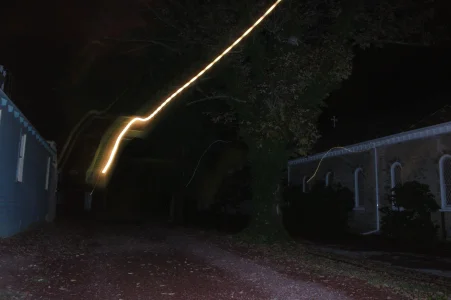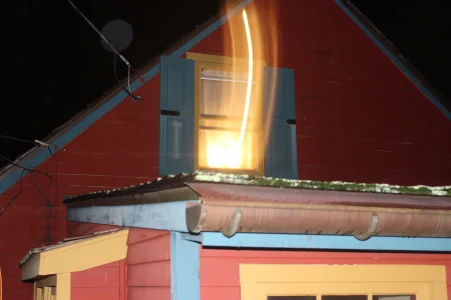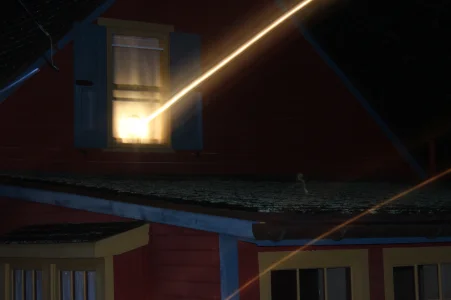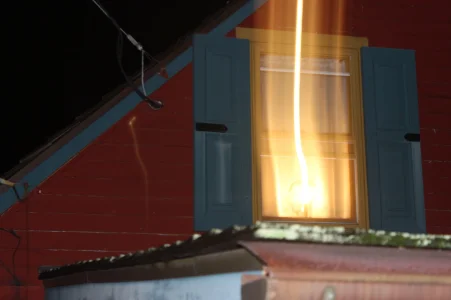Skarekrow
~~DEVIL~~
- MBTI
- Ni-INFJ-A
- Enneagram
- Warlock
In keeping with that last story…it isn’t too often that you see a real Vampire hunting kit!
Heirloom Vampire Hunter Toolset: CHEAP!
Trouble with leeches in your neighborhood?
Whether you’re facing off against ruthless predators shepherding humanity to its doom, or needy drama queens,1 the folks at Sterling Associates, Inc. gotcha covered.
On the block is a 19th century European vampire hunting kit in a wood coffin box.
It’s pretty darned big, being more than five foot long and a foot tall, but this sucker is comprehensive.2
If you kill one of those creepy vampire kids, it makes hauling the body away easy!
The expected sale price is around $7,000, or 18 BTC, for a shotgun, hand axe, artisan wooden stakes, handsome vials full of garlic and holy water, vintage crucifixes perfect for accenting any parlor or mausoleum, and so much more!
The auctioneer’s hammer falls this Wednesday the 22nd at Sterling Associates, Inc in Closter, NJ. If you’re nowhere near the great Garden State, join the fun online!
 “Be Prepared” — The Boy Scouts
“Be Prepared” — The Boy Scouts
 Garlic, holy water, OREGANO!??!
Garlic, holy water, OREGANO!??!
 It says “Transylvania”, it must be legit!
It says “Transylvania”, it must be legit!
 “Stick around” *THUNK*
“Stick around” *THUNK*

Now that’s Craftsman quality, made long before Sears hired the Chinese to make their tools.
Too rich for your blood?
Here are a few tried-and-true methods for protecting oneself from the sucking dead.
Heirloom Vampire Hunter Toolset: CHEAP!
Trouble with leeches in your neighborhood?
Whether you’re facing off against ruthless predators shepherding humanity to its doom, or needy drama queens,1 the folks at Sterling Associates, Inc. gotcha covered.
On the block is a 19th century European vampire hunting kit in a wood coffin box.
It’s pretty darned big, being more than five foot long and a foot tall, but this sucker is comprehensive.2
If you kill one of those creepy vampire kids, it makes hauling the body away easy!
The expected sale price is around $7,000, or 18 BTC, for a shotgun, hand axe, artisan wooden stakes, handsome vials full of garlic and holy water, vintage crucifixes perfect for accenting any parlor or mausoleum, and so much more!
The auctioneer’s hammer falls this Wednesday the 22nd at Sterling Associates, Inc in Closter, NJ. If you’re nowhere near the great Garden State, join the fun online!
 “Be Prepared” — The Boy Scouts
“Be Prepared” — The Boy Scouts Garlic, holy water, OREGANO!??!
Garlic, holy water, OREGANO!??! It says “Transylvania”, it must be legit!
It says “Transylvania”, it must be legit! “Stick around” *THUNK*
“Stick around” *THUNK*
Now that’s Craftsman quality, made long before Sears hired the Chinese to make their tools.
Here are a few tried-and-true methods for protecting oneself from the sucking dead.
- Never invite anyone into your home. Vampires can’t cross the threshhold if you don’t willingly invite them in, so be careful using Tinder, Skype, and Facebook.
- Running away from a vampire? Running water is your friend, since running water represents purity. Being anathema to vampires, they will not cross it. In a pinch, just leave the hose running outside your house.
- Nothing more repellent to the living dead than profound faith. Whether it’s a crucifix, star of David, hammer and sickle,3 as long as the values they represent resonate with you, a vampire will be kept at bay. If you believe children are our future, keep one nearby. And even if you don’t, keep a kid handy to distract your pursuer with a quick snack.
- Make your own stakes! Rummage around in your basement or garage, most likely there’s an old Louisville Slugger mouldering in a corner. With patience and sandpaper, you can make your own wooden stake.
- Whether it’s a humid day with triple digit temperatures, or facing down Dracula in his haven, a Super Soaker full of holy water is instant death for any vampire. If you happen to be clergy, your urine is automatically considered holy water. Ain’t no shame pissing yourself if it’s gonna save your life.


